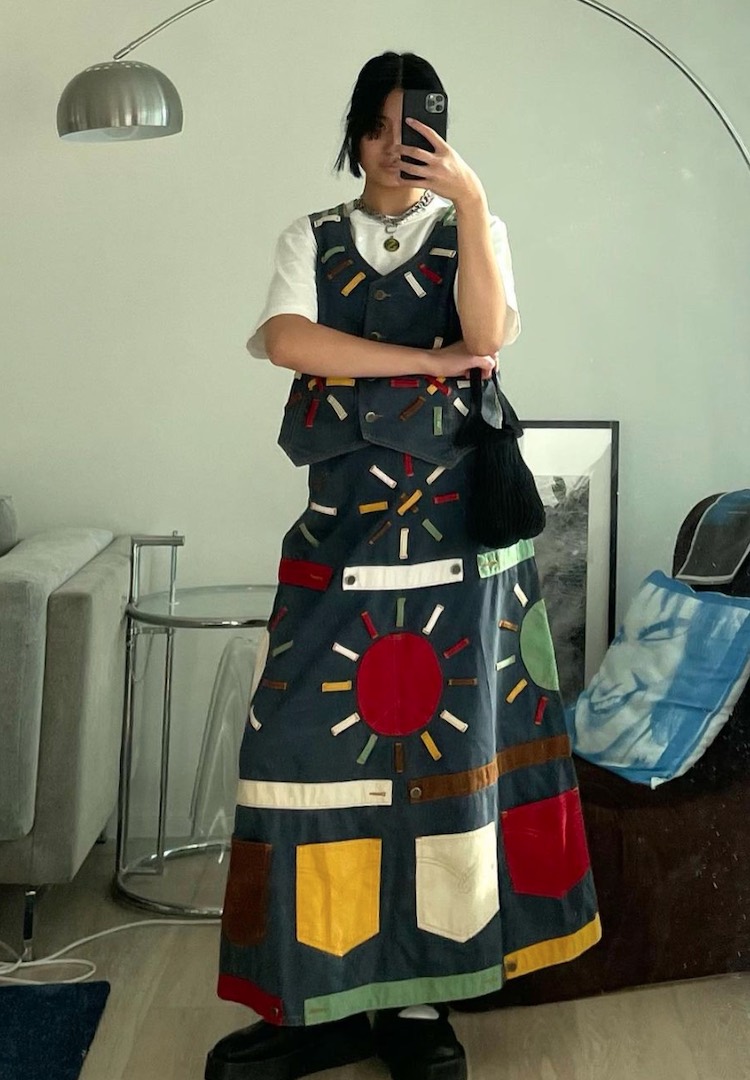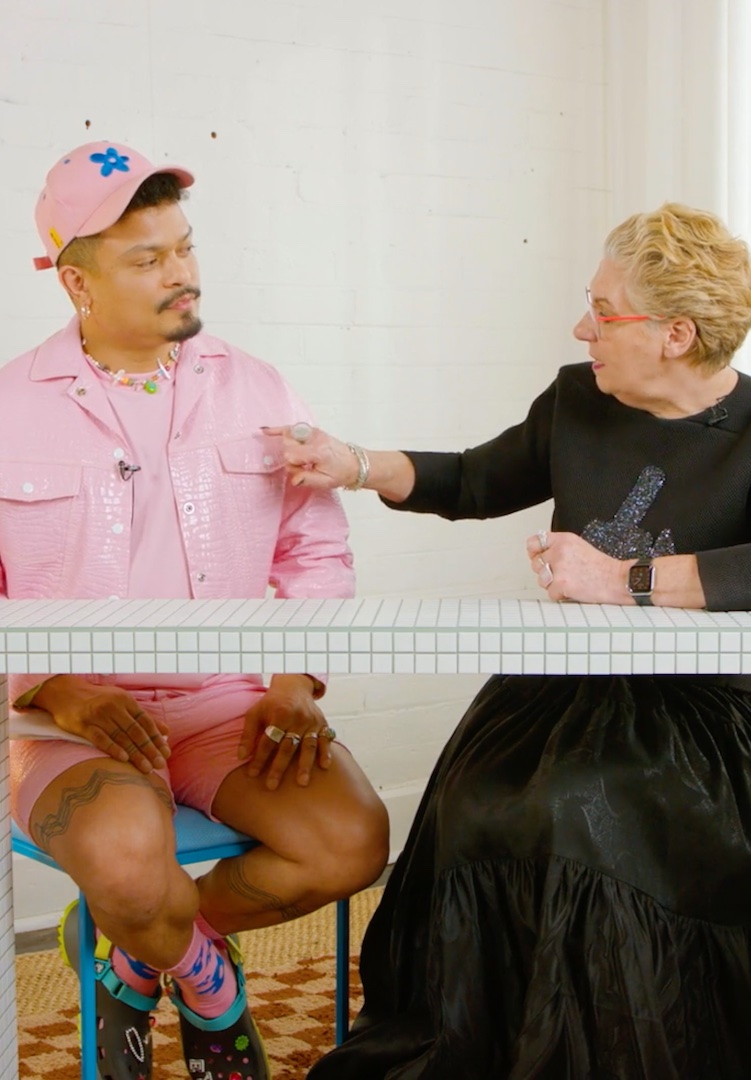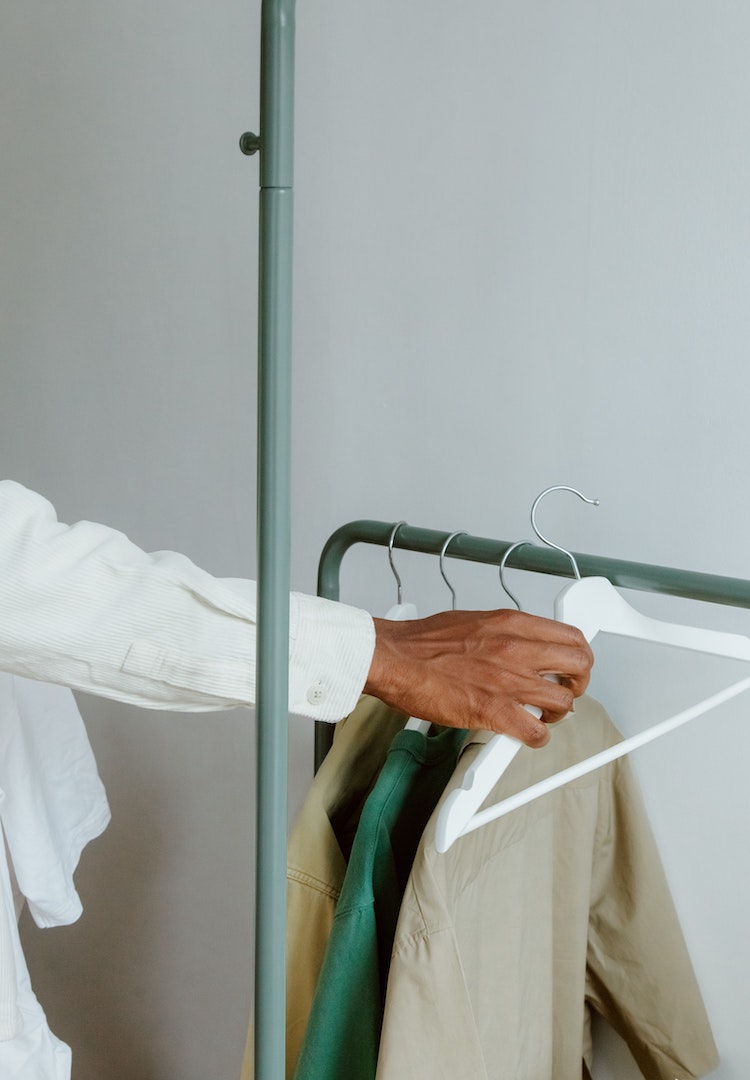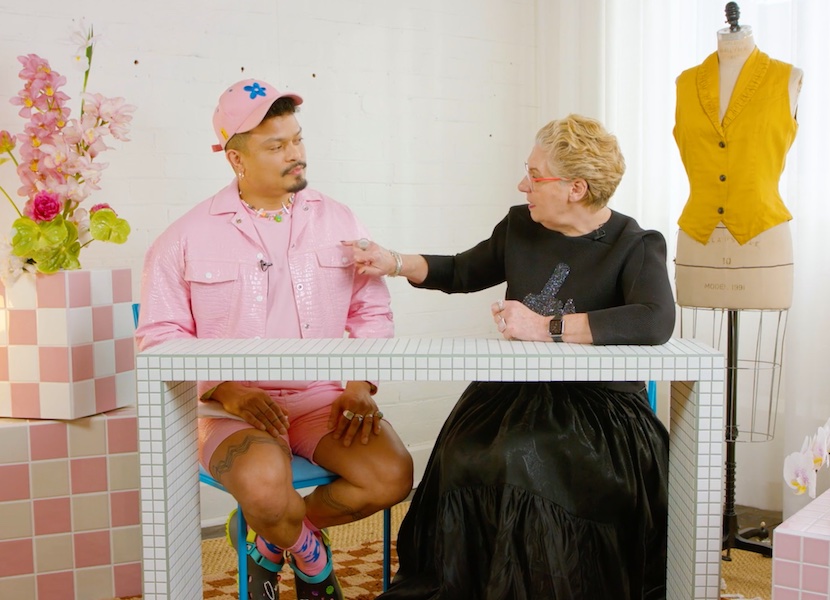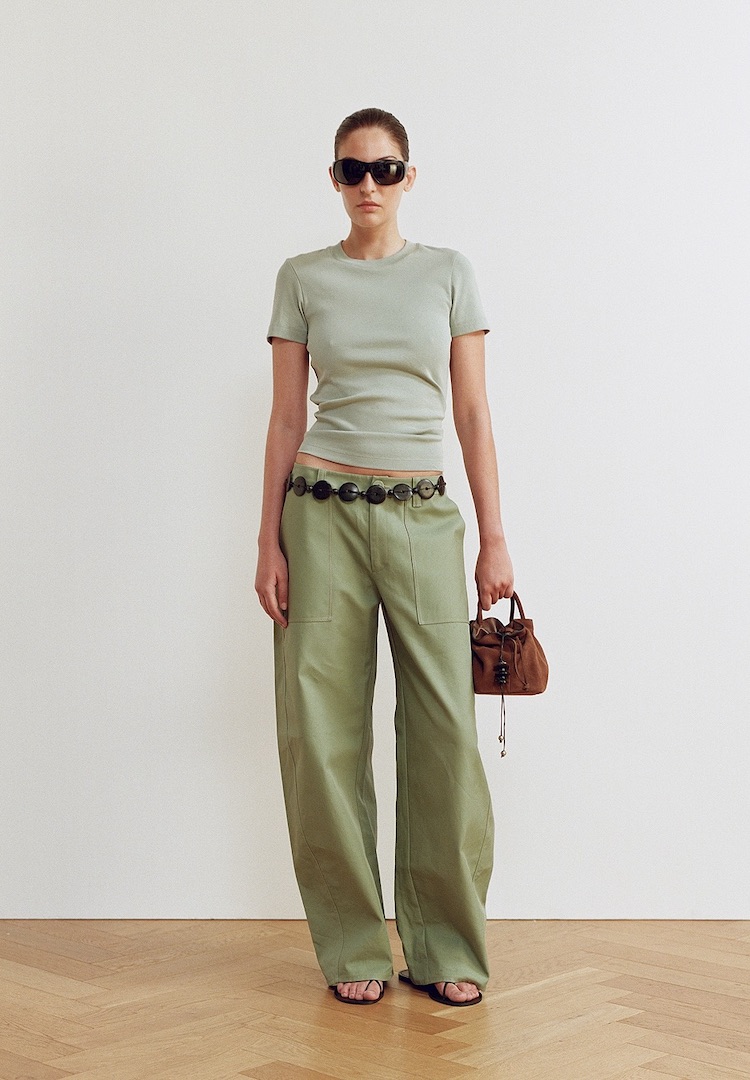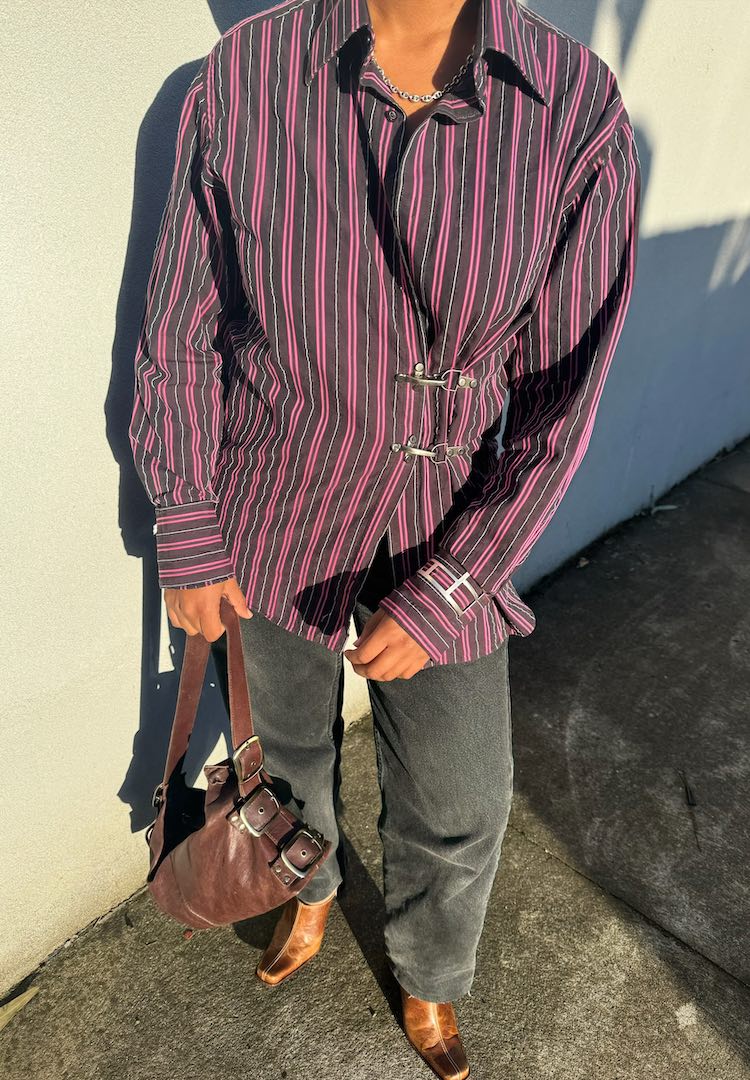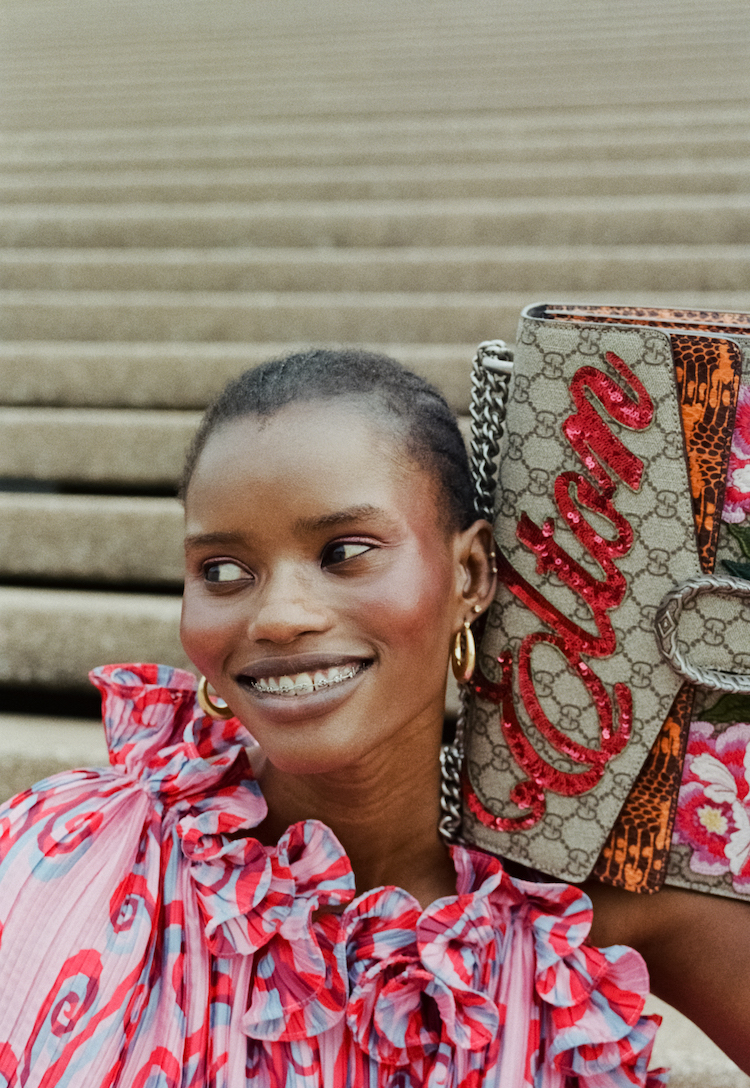A fashion designer and industry expert on how to spot well-made clothes
VISUALS BY GOOD GRAVY MEDIA
WORDS BY FASHION JOURNAL
“How you can start buying pieces that last a lifetime, not a season.”
Quality clothing is getting harder to find. As chain stores and fast fashion brands churn out new designs more and more quickly, often, this can mean shortcuts in quality.
But even clothing with a premium price tag can be poorly made. For a number of fashion brands, price point is an extension of brand positioning, rather than a reflection of quality. So price isn’t always the best indicator of whether you’re buying a quality garment.
For more fashion news, shoots, articles and features, head to our Fashion section.
Then there’s the pre-loved market to consider. Without knowing when a garment was produced, it can be hard to know whether it was made quickly and cheaply, or more slowly and with care. The good news? There are easier ways to discern whether the pieces in your shopping cart (or wardrobe for that matter) are well made.
In our new video series, ‘How to Spot Well-Made Clothes’, Dean of LCI Melbourne Karen Webster and Melbourne-based designer Erik Yvon talk us through the indicators of high-quality pieces, from stitches and seams to fabric composition and pricing. The pair chat about all things sewing and design while showcasing some incredible clothing along the way.
Below, Karen and Erik highlight four key areas where the quality of a garment can be examined. Read on to learn how you can start buying pieces that last a lifetime, not a season. A special thanks to Creative Victoria who made this series possible.
Seams and stitching
As Karen says, “Stitches and seams are how are garments are put together, so they’re probably one of the first things I would always look at to see if a garment’s well made”. Stitches play an important role in the strength of seams, while seams act as the ‘glue” in clothing construction.
As Karen and Erik discuss, finishes like seams and stitches are a really strong indicator of whether a garment will go the distance. You need to look at areas like hems, edges, pockets. Are the trims high quality?
Well-made clothing would – generally speaking – have more stitches per inch. Karen and Erik agree that 16 stitches per 2.5cm generally equals a high-quality piece, but it totally depends on the weight of the fabric. If it’s a little lighter or heavier, 14 is usually okay.
And the only exception? Jeans. As Karen explains, with jeans you want to look for slightly longer stitches. The topstitch (which is what you can see from the outside) should be a heavier weight thread than what’s used on the inside because heavy weight threads aren’t recommended for the outside of a garment.
Fabric composition
Not a fabric expert? Karen suggests keeping it simple to start. “If I was a customer and didn’t know a lot about fibres and fabrics I’d pretty much go natural first,” Karen says.
“All fabric fibres have their pros and cons, obviously,” Erik explains. “Cotton is gorgeous, breathable and really comfortable to wear. Polyester is a lot faster and cheaper to make, but petroleum-based, so not so good for the environment. And leather will last forever, however, it is an animal-based product.”
As Karen and Erik discuss, it’s not one-size-fits-all – but the general rule is that natural equals quality. Fibres like acrylic are seen as an alternative to wool, but just don’t perform in the same way. While they might look fab on the rack, they’re less likely to hold their shape and are prone to pilling (meaning lots of annoying little slub bobbles).
Karen gives the example of a design by senior fashion design consultant and patternmaker, Glen Rollason. “He recycled found pieces and used all [of this] beautiful wool. So it’s made from pieces that are years old that have been remodelled… naturals tend to last a much longer time.”
Tailoring
Tailoring is the art of balancing the garment with the fit of the body. As Karen explains, it’s really about the engineering of the garment. Indicators of good tailoring can be found in seams, darts, shape, fit, insertion of the sleeve, fall of a lapel, the roll of a collar or the finish on a cuff.
“One of the big problems in fashion is that many garments are designed flat, we’re actually 3D, we’re rounded people,” Karen continues. “It’s a little bit of extra work to investigate a tailored garment, and really look at all of this detail, but I can say it’s absolutely worth it.”
“If you’re looking for a really well-made garment, how does it fit around the armhole? How does it fit around your hip and your waist?” Karen says. “Because that’s what great tailoring is all about. It’s a little bit of extra work to kind of investigate a tailored garment and really look at all of this detail. But I would really say it’s worth it.
Construction
“Construction refers to all the steps so when you are assembling the different parts of the garment – so the sleeve, or the collar – you’re really constructing the whole garment,” Erik explains.
“A garment should actually skim the body, or shape to the body so that it should be really comfortable to wear. Like a really beautifully tailored jacket should actually almost mirror your body and flatter it,” Karen adds.
Using a neon orange Toni Maticevski cropped jumper, Karen shows how curved and bound seams create a garment that flows with the shape of the body. “Where the darts are put or where the seams are put – the whole engineering of how it goes together – should actually mimic our own shape.”
For more tips on how to keep your clothing forever, head here.

